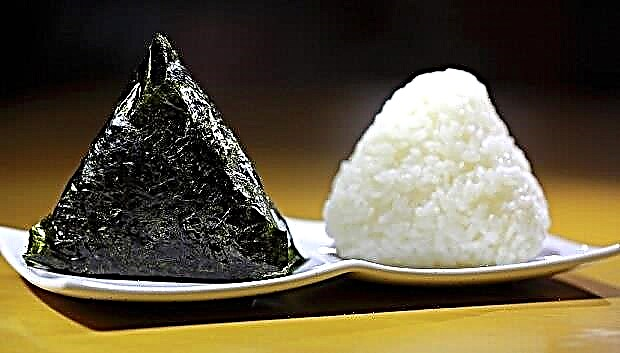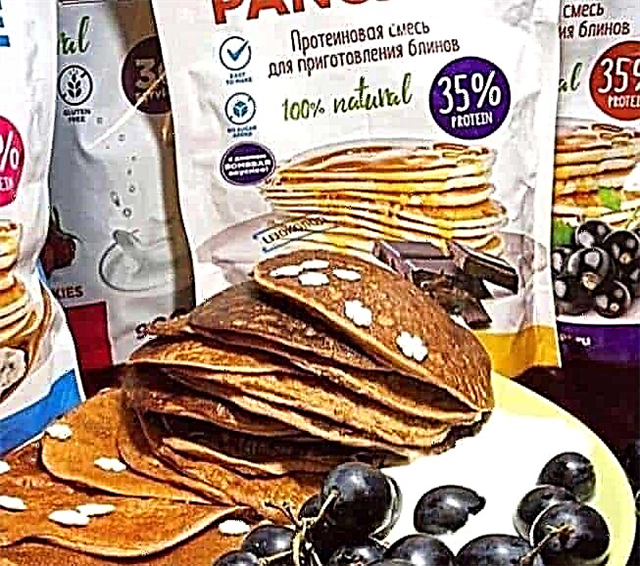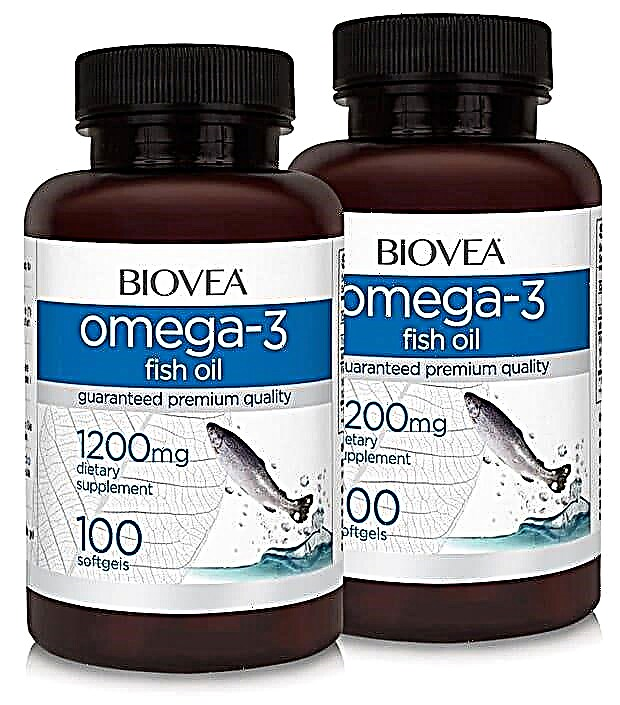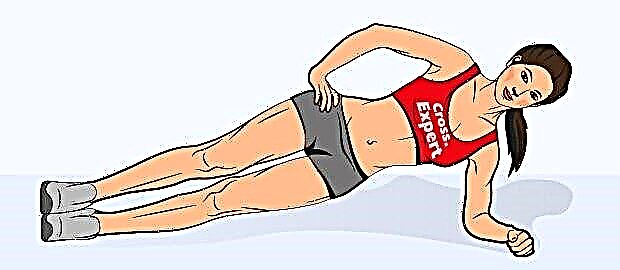Corals are lime deposits that form from invertebrate multicellular living organisms in sea waters. They contain calcium in high concentrations. As you know, the element plays several important functions for the body - it supports the structure of the musculoskeletal system and teeth, is a part of hormones and enzymes, and reduces muscle cells.
Coral calcium has been known for a long time. The tradition of using the supplement originated in Japan, and in 1991 entrepreneur Ericsson bought out the rights to trade supplements outside the country. Currently, the production of funds is carried out in the territories of several countries. The main supplier of the product is Nature's Sunshine.
In Russia, the fashion for coral calcium appeared in 2011, which added members to the club of fans of the product. Disputes about the benefits of the supplement are still ongoing, but it becomes obvious that the dietary supplement does not have any pronounced effect on the body, while its cost varies from 2500 to 3000 rubles per package.
Why does the human body need calcium?
Calcium plays an important role in many life processes. Its main amount is found in bone tissue and teeth. In the musculoskeletal system, the ion is in the form of hydroxyapatite. The connection provides support for the structure of the bone tissue and gives it strength. In addition, the skeleton is the main depot of the substance. With a lack of ion in the blood, the receptor cells of the parathyroid glands are stimulated. As a result, parathyroid hormone is secreted, which removes calcium from the bones into the bloodstream.
Ion is involved in blood clotting. This physiological process is necessary for a person as a defense reaction in response to bleeding. Any minor damage to the skin and capillaries could lead to massive blood loss and death if coagulation did not occur. The process goes through three consecutive stages.
The first phase is marked by the formation of an enzyme complex. The process starts against the background of tissue damage - phospholipoproteins are released from the destroyed cells. These substances interact with the element and enzymes, which leads, in turn, to the activation of prothrombin, which passes into thrombin - the second phase. The last stage of blood coagulation is characterized by the conversion of fibrinogen to fibrin with the help of calcium. This reaction causes the formation of tangled connective tissue threads - a physiological thrombus that mechanically stops bleeding and does not allow pathogens to enter the body through the damaged tissue site.
Muscular contraction occurs as a result of a change in the electrical charge of cell membranes. The process is carried out by moving ions. During the charge change, a large amount of calcium is released, which regulates the interaction of ATP energy molecules with myofibrils. A change in ion concentration leads to various pathologies of muscle contraction.

When an infectious agent enters the body, immunocompetent cells are activated. Humoral and cellular defense mechanisms are activated. Macrophages carry out phagocytosis of a pathogenic microorganism, that is, its capture and processing. The compound enhances the activity of this process. Thus, the ion is involved in the formation of an adequate immune response in the body.
Calcium activates the enzyme alpha-amylase. The compound is produced by cells of the pancreas and is part of the pancreatic juice. Amylase is involved in the digestion process - it breaks down complex carbohydrates.
The mineral is involved in many metabolic processes, since the divalent ion is a coenzyme in some metabolic reactions.
The work of all internal organs is regulated by the nervous system through the movement of the arising impulses. The signal is transmitted from one neuron to another using synapses - specific connections of the processes of two cells. The process is carried out through calcium ions, which are involved in the recharge of membranes, as well as mediators.
Coral calcium claims and their exposure
So what is known about coral calcium and does it actually replenish this essential nutrient? Manufacturers indicate several properties of this Japanese miracle remedy, which provide effectiveness, and also give them their explanations, which we conclusively refute.
Improving calcium absorption
The additive contains calcium in the form of an ion. That is, the compound has a positive charge. This form allows one to achieve one hundred percent digestibility in the small intestine, since the body's resources are not spent on converting the element into an ionic form.
Calcium is a chemical element that belongs to metals. As a simple substance, it is extremely rare, while, belonging to the alkaline-earth group, it is highly flammable on contact with oxygen in the air. Most of the compound is in the form of salts, with the element being positively charged. Thus, the digestible form of the substance enters the body with food.
Influence on acid-base parameters of blood and lymph
When a biologically active additive is diluted in water, the liquid acquires alkaline properties. Reducing the acidity of the body has a beneficial effect on the state of the blood and lymph, and also promotes the absorption of calcium in large volumes.
Body fluids have acid-base properties. This feature determines the action of various enzymes, the activity of cells and metabolic processes. The pH of blood and other bodily fluids is a constant value that is controlled by a large number of enzymes and hormones. Any deviation leads to disruption of the internal organs. Thus, the alkaline solution obtained during the dissolution of coral calcium in water will not in any way affect the acid-base parameters of blood and lymph.

Coral Calcium Properties Claimed by Manufacturers
Rejuvenation of the body
Water exhibits pronounced reducing or oxidizing properties, depending on the substances dissolved in it. These signs affect whether the fluid maintains health and rejuvenates the body, or, conversely, accelerates the aging process. Water, which has reducing properties, has a beneficial effect on the human condition, while oxidizing water is harmful. When coral calcium dissolves, ionization occurs. Water acquires regenerative properties due to a positive charge, which means it rejuvenates the body.
There is currently no scientific evidence base for the hypothesis that regenerative water stops aging in the body. In addition, the charge is determined by the substances dissolved in it. Therefore, the thesis about the anti-aging properties of coral calcium is a myth.
Studies on dark-field microscopy and ORP-meters
The products have been tested using dark-field microscopy and ORP-meters, showing the qualitative composition of coral calcium and its effectiveness.
ORP meter measures the pH of a liquid. Determination of the acidity of water does not give any significant results about the beneficial properties of the additive dissolved in it. Dark-field microscopy is used, as a rule, in the diagnosis of infectious diseases, therefore, the study has nothing to do with dietary supplements.
Neutralization of previous “memories” of water
Long-term studies have proven the ability of water to memorize information, solutes, their composition, properties and structure. The liquid cleared of dirt with the help of a filter has a negative effect on the human body due to the "phenomenon of memory". However, the dissolution of the dietary supplement completely neutralizes the information about the previous compounds. Thus, the additive contributes to the complete purification of water and improvement of its biological properties.
In a liquid state, it is impossible to achieve a change in the structure of water, therefore, it is not possible to talk about the ability to memorize the properties and structure of a solute.
Restoring the crystalline form of water
Water is in a liquid crystalline state. When it gets dirty, the normal structure of molecules breaks down. Coral calcium restores damaged crystalline form.
The liquid state of water has nothing to do with crystal.
Thus, coral calcium does not meet the properties declared by the manufacturers and its effectiveness has not been confirmed.
Coral calcium in sports
It is especially important for athletes to maintain a normal calcium concentration, as it is involved in muscle contraction. In addition, regular strenuous physical activity has a detrimental effect on the musculoskeletal system, especially the joints. Under the influence of gravity, their gradual destruction occurs. During the period of drying the body, athletes limit the use of dairy products, as they contain a large amount of fat, which can lead to the formation of a deficiency.
Coral calcium is not suitable for replenishing the lack of a substance, since its composition has low bioavailability. It is believed that the mineral is most fully assimilated in the form of malate or citrate. In addition, the drug should include vitamin D, namely cholecalciferol, as it increases the absorption of the element.
Contraindications to the use of coral calcium
Contraindications to the use of coral calcium and other preparations that contain ion are:
- hypercalcemia;
- violation of the rhythm of the heart of various origins;
- increased concentration of magnesium in the blood;
- not recommended for use in the first trimester of pregnancy, during breastfeeding and for children under three years of age.
The use of drugs can lead to side effects such as nausea, vomiting, diarrhea, flatulence. Most often, symptoms develop against the background of an overdose, therefore, you should read the instructions before using the product.
How can you actually replenish your calcium stores?
Calcium enters the body with food. The compound has low bioavailability and some absorption characteristics, therefore, ion deficiency often occurs, accompanied by various symptoms.
Nutritionists recommend consuming adequate amounts of compound-rich foods. In addition, the revealed ion deficiency, postmenopause in women, and old age are indications for the prophylactic use of mineral complexes and adjusting the diet.
Foods that contain calcium
Dairy products are the main source of calcium. The richest in the compound are milk, cottage cheese, sour cream, kefir, fermented baked milk, cheeses of different varieties, butter.
For the effective assimilation of the mineral, nutritionists recommend eating a sufficient amount of eggs, liver, fish and meat, preference is given to chicken, turkey, rabbit and beef. These foods are high in vitamin D.

Clinical studies have shown that a number of foods contribute to the elimination of calcium, therefore, with a deficiency of the substance, it is recommended to limit the use of black tea, alcoholic beverages, coffee, heavily smoked and fried foods.
Daily requirement rate
The greatest need for calcium is experienced by children. Babies aged 0-3 months should receive 400 mg, by 6 months - 500 mg, by 1 year 600 mg, and in adolescence the limit increases to 1000 mg. Lack of substance in children leads to the development of rickets, which is manifested not only by fragility and deformation of the skeletal system, but also by damage to the nervous system and other organs. However, today, pathology is extremely rare.
To maintain a normal concentration of the mineral in the body, an adult needs 800-900 mg of the substance with food.
How is calcium absorbed?
The calcium that has entered the body is absorbed into the blood in the small intestine through enterocytes by means of transporter proteins. In this case, only 50% of the compound is absorbed. Through the bloodstream, the substance is carried to organs and tissues. Most of it is deposited in the bones in the form of hydroxyapatite, which determines the strength of the skeleton. Some of it is absorbed as phosphate. This plays a special physiological role. In the case of a decrease in the level of calcium in the blood, the effect of the released parathyroid hormone is to release the ion from the bone tissue precisely from phosphates.
Vitamin D plays an important role in the effective assimilation of the element. The compound is formed in the skin under the influence of ultraviolet radiation, and also comes with some food products. The active forms of the vitamin, together with the parathyroid hormone, regulate the exchange of calcium and phosphorus.









